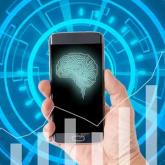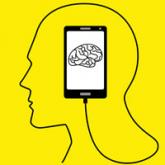Article

Mobile apps and mental health: Using technology to quantify real-time clinical risk
- Author:
- Ryan Hays, BS
- Helen M. Farrell, MD
- John Torous, MD
“And you can change it, you can influence it.”
– Steve Jobs
Article

Mental health apps: What to tell patients
- Author:
- John Torous, MD
- John Luo, MD
- Steven R. Chan, MD, MBA
An evaluation model created specifically for such apps can help guide your discussions.
Audio

Mental health apps
- Author:
- John Torous, MD
John Torous, MD, describes key points to cover when discussing apps with patients.
